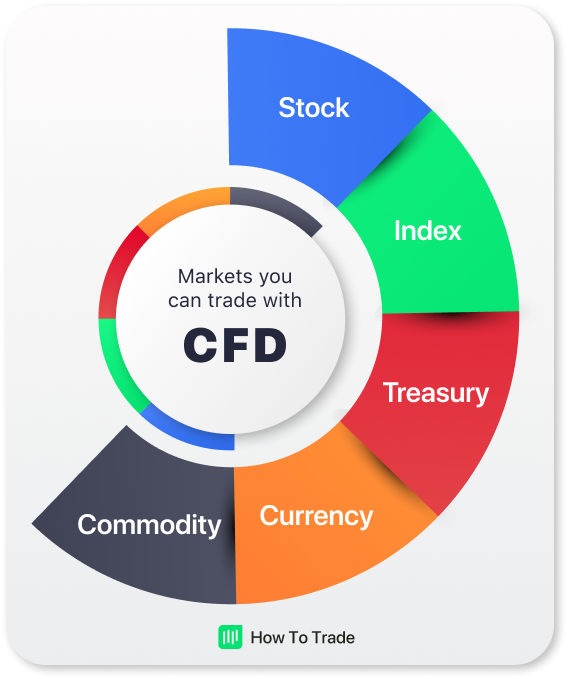Trading cfd
I conducted my live testing on a Direct STP account with Moneta Markets, which features zero commissions and floating spreads from 1.2 pips. I also recorded a $15 spread on the BTCUSD, which beats the industry average and offers excellent conditions for crypto traders Versus Trade.
Founded in 2008, Plus500 is one of a handful of global brokers listed on the London Stock Exchange. In 2022, Plus500 US launched its proprietary Futures Trading App for US residents. During our live test, I was impressed by the number of futures markets available. This includes instruments covering forex, commodities, energy, equity indices, agriculture, and crypto futures.
If you’re looking for a broker well adapted to trading Bitcoin, Exness could be for you. It provides access to a wide range of Bitcoin pairs, including Bitcoin against USD, ZAR, AUD, CNY, JPY, KRW, and THB. Exness also offers Bitcoin against silver, gold, and the altcoin Bitcoin Cash against the US Dollar (BCH/USD). The selection of Bitcoin-related pairs is exceptional, with a total of 34 cryptocurrency pairs to choose from.
What is cfd trading
Cryptocurrency CFDs allow traders to speculate on the price movements of cryptocurrencies such as Bitcoin, Ethereum, and Litecoin. Cryptocurrency CFDs offer traders the ability to trade the volatile crypto markets with leverage, without having to own the underlying asset.
When holding long positions overnight, traders typically pay financing charges. These fees represent the cost of the leverage provided by the broker—essentially, the interest on the “borrowed” capital used to control a larger position. The calculation usually follows this formula:
CFDs cover a wide range of markets, including stocks, indices, commodities, currencies, and cryptocurrencies. This provides traders with opportunities for diversification within a single trading account.
CFD trading is a form of derivative trading that involves buying or selling a contract for difference (CFD) on an underlying asset, such as a stock, currency, commodity, or index. CFDs allow traders to speculate on the price movements of these assets without actually owning them. Instead, traders enter into a contract with a broker to exchange the difference in the price of the asset between the time the contract is opened and closed. The profit or loss made on a CFD trade is based on the difference in price, multiplied by the number of contracts traded.
Breakout Trading: Look for significant price levels or chart patterns where an asset is poised to break out. Enter a trade when the price breaks above resistance (for long positions) or below support (for short positions). Do not forget to combine with volume analysis to confirm the strength of the breakout.

Cfd trading account
CopyTrader takes this social aspect a step further – giving traders access to the portfolios of experienced traders with a wide range of approaches. You even have the option of copying all of their trades for free.
Leverage in CFD trading is a financial mechanism that allows traders to control a larger position size in the market with a smaller amount of capital. It magnifies both potential profits and losses, making it a powerful but high-risk tool. Also, when you trade CFDs with leverage, you are essentially borrowing additional capital from the broker to increase the size of your position beyond what your own capital would allow.
Trading using leverage can incur overnight financing fees. These might not be large but still need to be factored into your strategy planning. In fact, these fees are one of the main reasons that CFDs are primarily used for short-term trading. If investing in CFDs over a longer period of time, the fees incurred could negate any potential profits or exacerbate any losses.
Breakout Trading: Look for significant price levels or chart patterns where an asset is poised to break out. Enter a trade when the price breaks above resistance (for long positions) or below support (for short positions). Do not forget to combine with volume analysis to confirm the strength of the breakout.